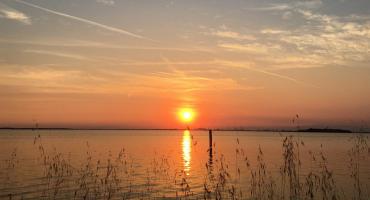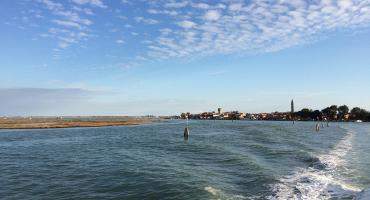The 51 hectares of the Cà Roman Oasis are located in the southern part of the island of Pellestrina and are connected to it by an artificial dam called the "Murazzi." Thanks to this barrier, the morphology of the area has significantly changed: the sandy sediments carried by the marine current deposit here, causing the coastline to advance (11 meters in 4 years).
The Oasis is situated on one of the most important migratory routes in Italy, and as such, many birds use it as a reference point to rest before continuing their journey. The avian fauna is therefore very rich. Among the resident species are: Kingfisher, Common Gull, Yellow-legged Gull, and Mediterranean Gull; among the visitors: Nightjar, Scops Owl, European Bee-eater, Sparrowhawk, Peregrine Falcon, Marsh Harrier, Little Grebe, Great Crested Grebe, Red-breasted Merganser, Sardinian Warbler, and Black-headed Bunting. The nesting colonies of Kentish Plover and Little Tern are very important and steadily growing.
To safeguard the dune habitat and microfauna, the beach is cleaned by hand. Unfortunately, in 2003, the MOSE project began, impacting this area despite its protection by the European Community. The construction of the navigation lock, the refuge port, and the embankment resulted in the destruction of over 3 hectares of the reserve.
Due to its natural significance, Cà Roman is a Site of Community Importance (SCI) and a Special Protection Area (SPA). The Oasis was established in 1989 and has been managed by LIPU (Italian League for Bird Protection) since 1993.
The best time to visit Cà Roman is from March to June and from September to November, when it is less crowded with tourists and offers the best opportunities for wildlife observation. Guided tours and boat trips can be booked.



